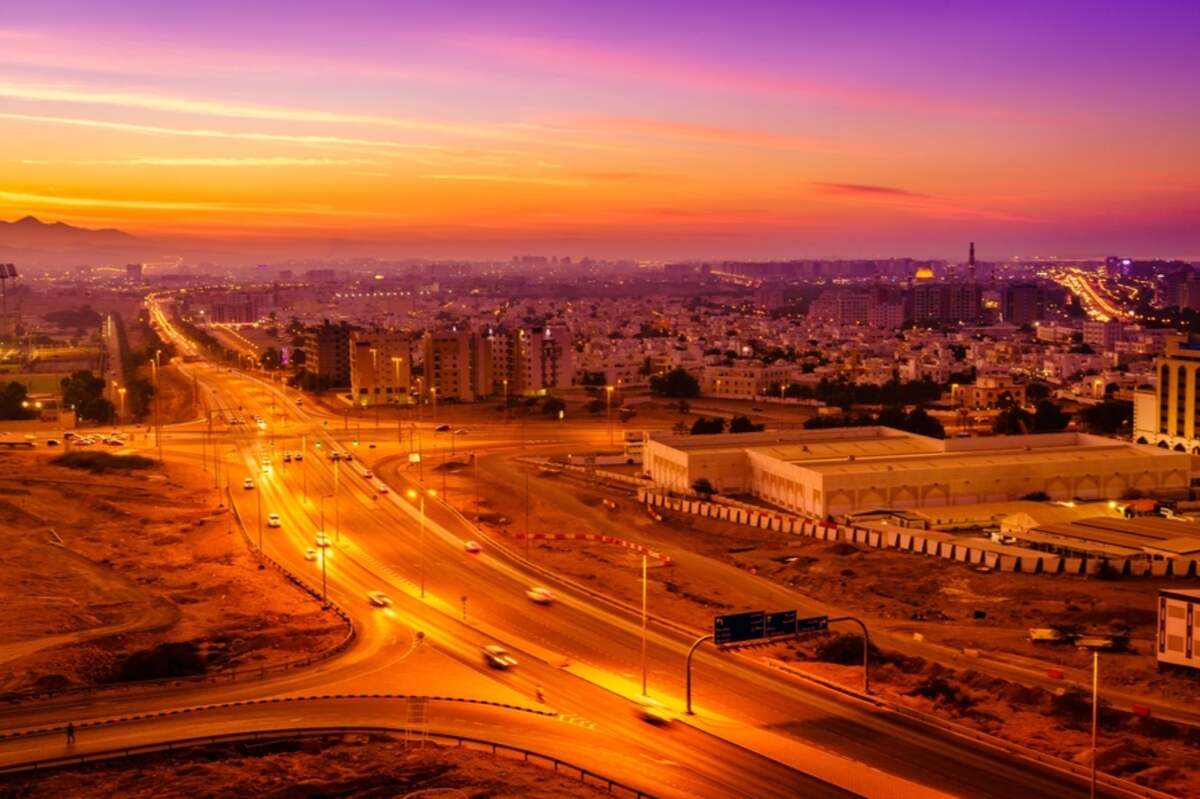Standard & Poor’s Global Ratings (S&P) has upgraded its credit rating for the Sultanate of Oman from ‘BB+’ to ‘BBB-’ with a stable outlook, reflecting the nation’s improved financial performance.
This rating enhancement signals a more secure investment landscape, marking Oman’s return to this category for the first time since 2017, following challenges posed by falling global oil prices and the COVID-19 pandemic. It took the Sultanate two and a half years of dedicated effort to achieve this rating again.
Short-term ratings improvement
Additionally, S&P has raised Oman’s short-term ratings from ‘B’ to ‘A-3’ and improved the transfer and convertibility assessment from ‘BBB-‘ to ‘BBB’.
Strengthening public finances
According to S&P Global’s latest report, the upgrade is indicative of the ongoing strengthening of the Omani government’s public finances and the continued external deleveraging of numerous state-owned enterprises (SOEs).
Key financial measures
The report emphasizes that improvements in the credit rating stem from sustained efforts to enhance public finances through developmental initiatives and sound financial measures. The government’s restructuring initiatives have also played a vital role in reestablishing the balance between revenues and expenditures, as outlined in the Medium-Term Fiscal Plan (MTFP).
Oil price impact and financial flexibility
With rising average oil prices and positive outcomes from financial strategies, the government has successfully bolstered its financial standing, allowing for greater flexibility in responding to unforeseen external challenges.
Budget surplus projections
S&P forecasts that Oman’s general budget will likely achieve moderate financial surpluses of 1.9 percent from 2024 to 2027, assuming Brent crude averages around $80 per barrel during 2025-2027.
Economic growth forecast
The agency also anticipates that real GDP (adjusted for inflation) will grow by approximately 2 percent annually during 2024-2027, with increased average oil production stimulating the non-oil sector’s growth by about 2 percent per year.
Current account surplus expectations
Additionally, S&P expects the current account to report financial surpluses averaging 1.2 percent of GDP between 2024 and 2027. The Sultanate is committed to lowering total public debt to 29 percent of GDP by 2027, it further noted.
S&P noted that the average level of liquid monetary assets is projected to remain at 36 percent of GDP through 2027.
Credit growth in the private sector
On the private sector front, credit growth surged by a notable 4.9 percent in 2023, and a favorable credit environment is expected to sustain lending growth at around 5 to 6 percent annually.
Enhancements in governance
The report highlights that government initiatives in managing state-owned enterprises since 2020 have significantly strengthened governance, improved operational efficiency, and enhanced financial health by increasing profitability and reducing debt.
Structural improvements in financial accounts
The establishment of the Oman Energy Development Company (EDO) and the Integrated Gas Company (IGC) has further improved the structure of government financial accounts by reporting net government revenues after accounting for oil and gas sector management expenses.
Future outlook for credit rating
S&P’s report concludes that Oman’s credit rating could see further enhancements over the next two years if the government maintains its commitment to prudent public finance management, seeks to increase non-oil revenues, and enhances public spending efficiency.
For more economy news, click here.








